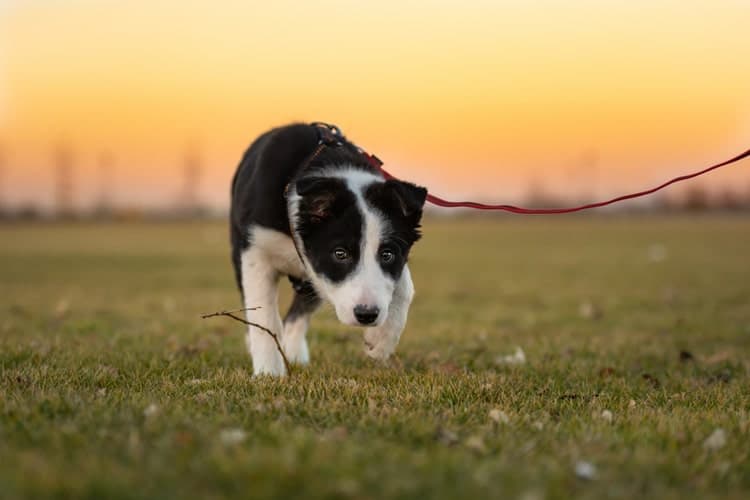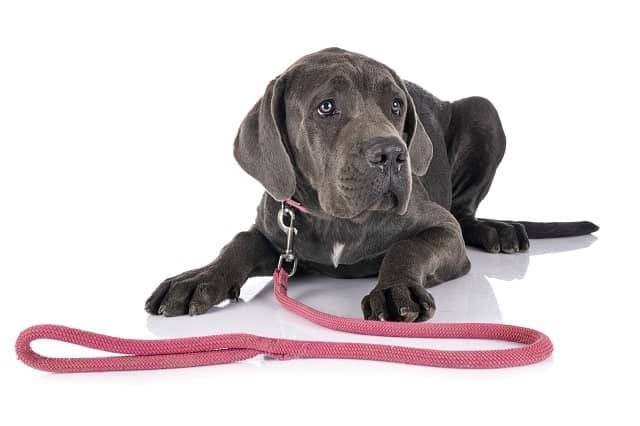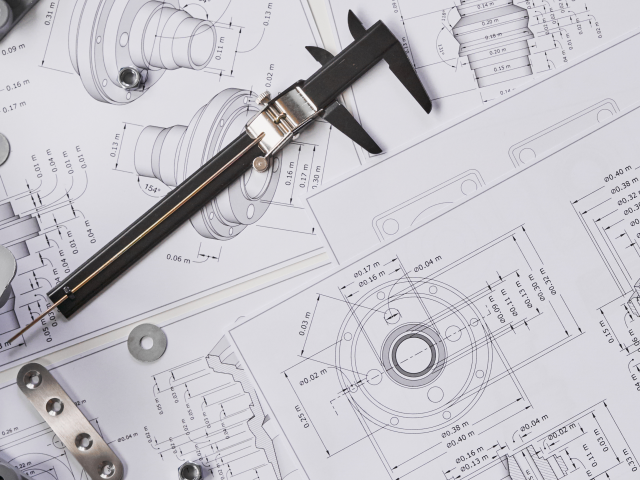
There are many important steps to take to make sure you and your puppy have fun, safe, and healthy adventures together. You probably already know about check-ups and vaccines. How about training? Leash training and other important training tips are some of the most imperative and long-lasting skills you need to learn.
This article provides you the foundation you need to train your puppy on a leash. Once leash training is accomplished you will be able to take your puppy anywhere without a hassle!
Why You Should Leash Train Your Puppy
Leash training is teaching your dog to walk on a leash with you, at your side without pulling, tugging, chewing, or dragging.
With your puppy/dog on a leash, he will be able to go to many places with you safely. You can help control where he goes and also move him out of harm’s way as needed.
In most places, it is the law that your dog is controlled by leash when not confined to your property. Therefore, it is much more convenient if your puppy is leash trained.
Finally, leash training enhances your bond with your puppy. Also, getting outdoors, sniffing, and exploring are important ways to keep your dog happy and less likely to develop other behavioral problems. Leash training also opens the door for more advanced training in the future.
Equipment You Need to Leash Train Your Puppy
You will need a few simple tools to help you leash train your puppy. I recommend a 4- to 6-foot leather or nylon leash. This leather leash is water-resistant and comfortable on the hands. Another recommended leash system for puppies is the “Buddy System Adjustable Hands Free Leash.” The “Buddy System” is a useful tool that has a hands-free option.
Avoid retractable leashes that can change in length. This is confusing for your pup and also does not allow appropriate control of your puppy during training.
You will also need a collar or harness. When you’re first starting, you can use your regular everyday collar. There are many options for “Gentle Leaders,” harnesses, and classic collars, so feel free to test some out and see what works best for you and your puppy.
As your training advances, and depending upon your goals, you may need an advanced training collar. Finally, find a treat pouch you like so you can carry treats and reach them easily.
Using the Leash for the First Time

The very first step in getting your puppy leash trained is getting your pup used to the leash. Believe it or not, puppies generally don’t like the collar and leash at first. Most will scratch at the collar, shake their head, and seem uncomfortable. These are normal initial responses. Here are some tips on how to help your puppy get used to the collar and leash.
First, place the collar on your pup. Then immediately distract him, using treats, toys, and petting until he doesn’t worry about the collar. Once your pup is used to the collar, you can add the leash. The first few times you put the leash on, just attach it and let the leash drag for a few minutes. Make sure it doesn’t get caught on anything and pull on your pup.
A key to leash training is getting your pup to associate the leash with play and positive reinforcement. Every time the leash goes on, start to play with your pup and offer tasty treats.
Decide how you are going to call your puppy (such as her name, a clucking sound, whistle sound, etc.). With your puppy wearing her leash and collar, hold the leash and use your command or sound to call her over. As soon as she starts coming to you, use your happy voice to encourage her to keep coming to you. Immediately give a treat or toy reward when she gets to you while you are holding the leash. You should be holding the leash, but don’t pull or drag the puppy.
As she gets used to looking to you for the next treat, it’s time to start walking with your puppy next to you. As you start walking, if she follows and is next to you, give your positive reward. Keep walking and give multiple treats to encourage her to walk next to you.
As you leash train your puppy, she may start looking away or lose interest. Start again by calling her name, making a gentle happy sound, and immediately reward her with a treat for following you.
While leash training your puppy, you can also mix in teaching other commands. For example, work on teaching her how to “come” to you and to “sit.” Veterinary behaviorists like Dr. Sophia Yin offer helpful techniques to teach these commands.
Continue these sessions for 10 minutes at a time, at least 2 or 3 times per day.
Make sure you build this strong foundation indoors before attempting to go outside where there are more distractions.
Taking Your First Leash Walk Outside
Once your puppy is comfortable walking with the leash and collar indoors, it’s time to take your leash training outdoors. It is ideal to start in a backyard or enclosed space with minimal distraction.
You can start at a walk, or even run a bit to encourage your pup to follow. As she follows, reinforce the behavior with a treat. After she gets her treat, she will likely want to sniff and look at other things. To keep her interested, I suggest rewarding her to turn in your direction fairly quickly after she gets distracted and getting her to follow you again. Continue this as a fun game.
If your pup is just sitting still and not wanting to follow, you can walk to the end of your leash and then call her to you. If needed, kneel down and encourage her while holding the leash. You mustn’t tighten or tug on the leash as you are walking away.
Continue 10-minute sessions practicing walking on the leash in a quiet space.
Practice Leash Walking Outdoors with Distractions
Now that your pup is comfortable with the leash, choose a safe place to get out for a walk with distractions. If your puppy is not fully vaccinated, avoiding dog parks/beaches and other areas with lots of other dogs is ideal.
Start the walk by rewarding your puppy with a treat as she pays attention to you. Then continue your walk and get your puppy’s attention, rewarding her for looking at you instead of becoming distracted. Puppies are easily distracted, and sometimes starting with almost constant rewards for walking properly on the leash is needed.
As your puppy becomes better at walking on the leash, start mixing up the rewards and avoid giving food treats continuously throughout the walk. If you reward your pup intermittently, she will be more likely to remember to walk on a leash without being reminded. So, sometimes give a treat, but other times use verbal praise (a high-pitched “good dog”) and sometimes cue your pup to walk without a direct reward after your cue.
Commit to taking short walks every day and keep practicing. Increase your walks to busier and more distracting locations as your pup improves.
How to Stop the Struggle of Refusing to Walk, Pulling, and Lunging While on Leash
There can be challenges that arise with leash training. A few common challenges encountered during leash training include refusing to walk, pulling, or lunging.
If your pup refuses to walk, the most important part of the training will be patience. As stated above, kneel down, have a treat or toy, and practice calling your puppy to you while on the leash. Do not pull, tug, or drag your puppy. Repeat calling your puppy to you and she will start to follow you even while on a leash.
If your pup pulls on the leash, it is recommended by the American Kennel Club (AKC) to “stand very still and refuse to move until your dog comes back to you.” Once your puppy returns, an immediate reward should be given.
Puppies can also lunge at things while on the leash. In this case, according to the AKC trainers, “Try to redirect his attention with a treat before he has a chance to lunge, and increase the space between your dog and the target. Stay alert and be prepared before the target of his frustration gets too close.” The more you walk and bond with your puppy, the more you will be able to predict what distracts him.
In Conclusion
You now know how to leash train your puppy. Be confident and go for it. Make it a fun and rewarding part of your day. And, be patient with yourself. You don’t have to be perfect, just be willing to keep practicing.
However, sometimes you may have an extremely difficult puppy or very limited time, and you may need more help. There is no shame in feeling that you need further help. Reach out to your veterinarian. They will likely have a local trainer recommendation for you.



![20 Press Release Submission Websites List 2024 [Free & Paid]](https://bloggerspassion.com/wp-content/uploads/2024/04/press-release-websites-list.png)


